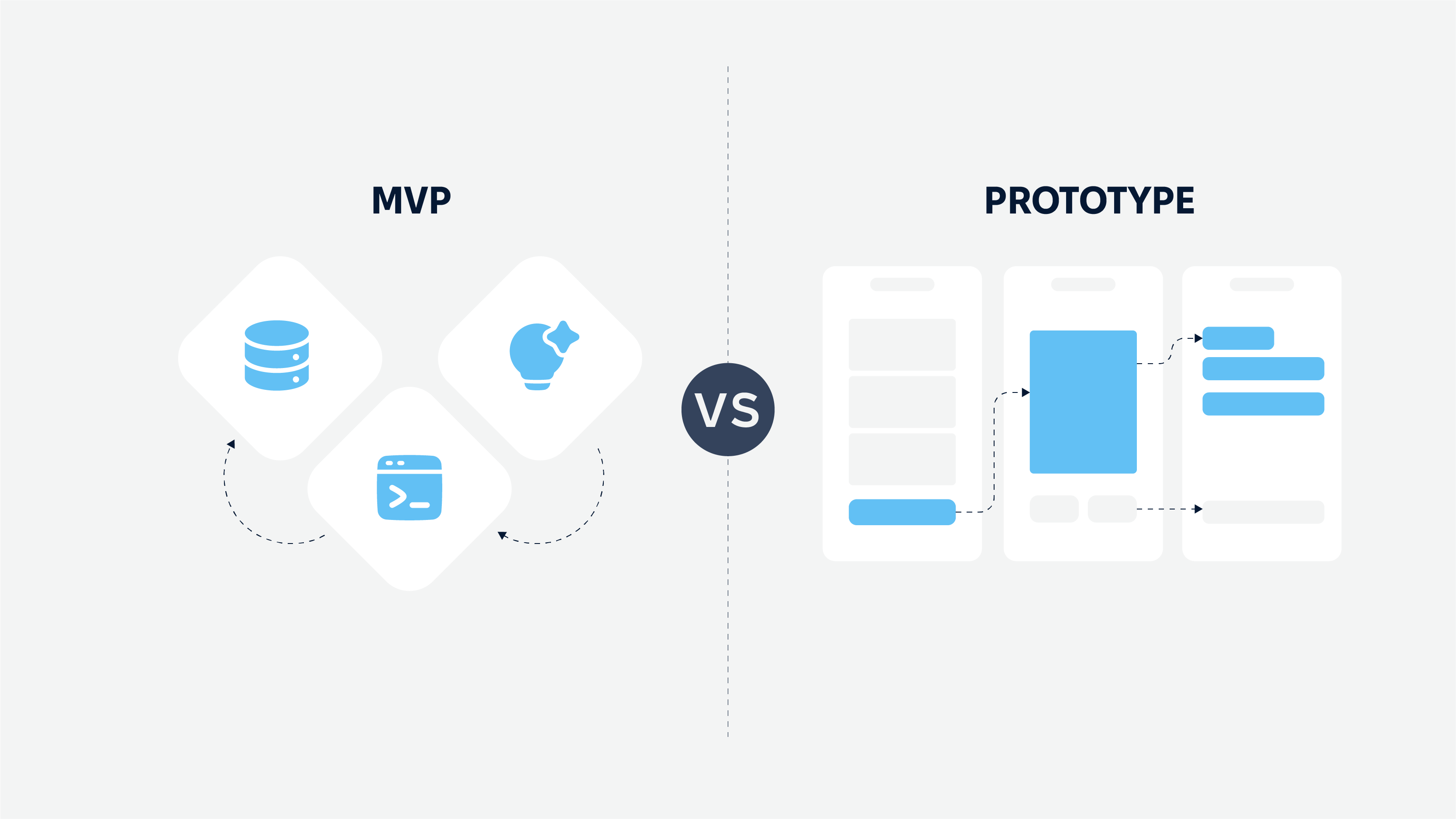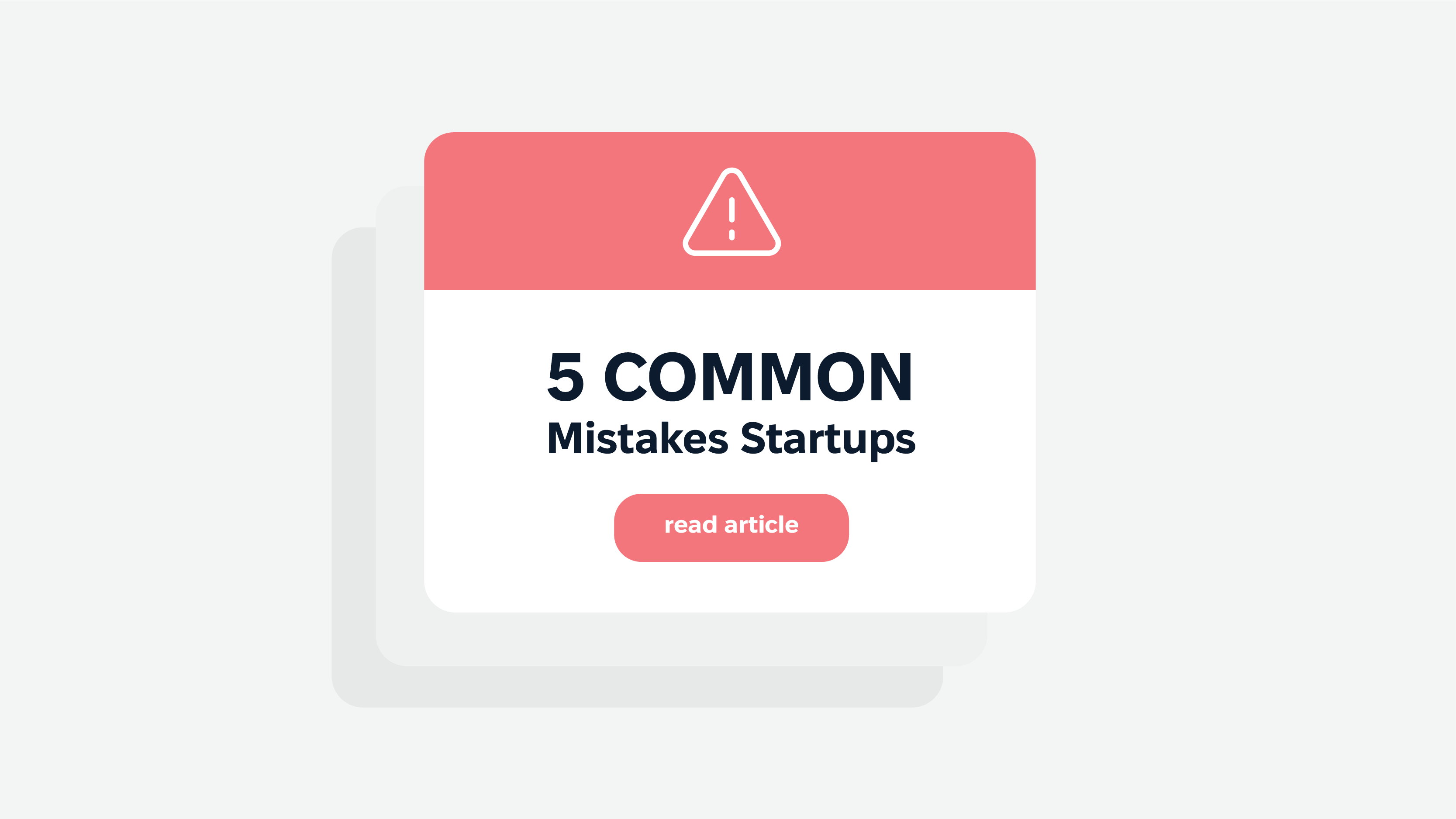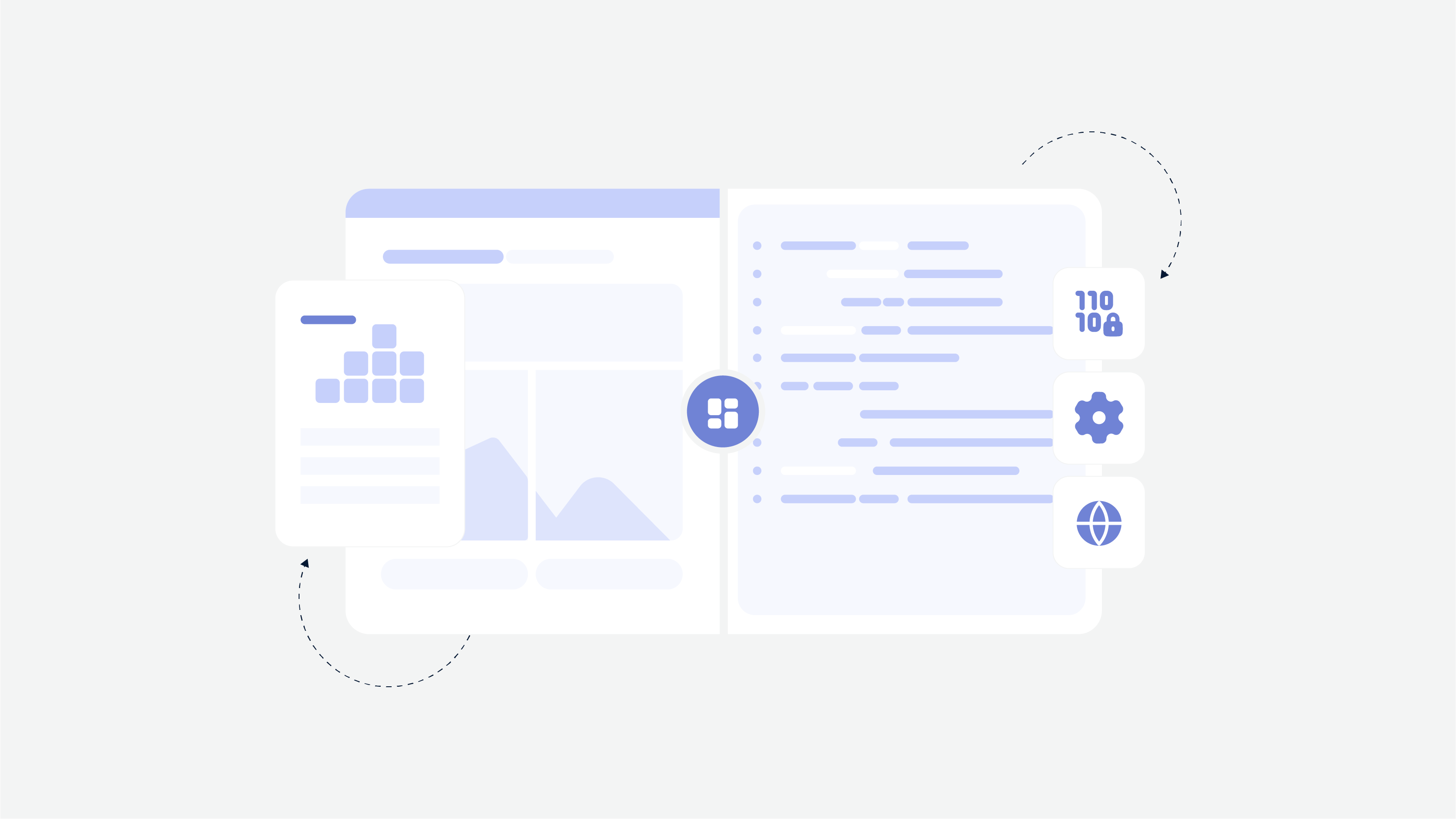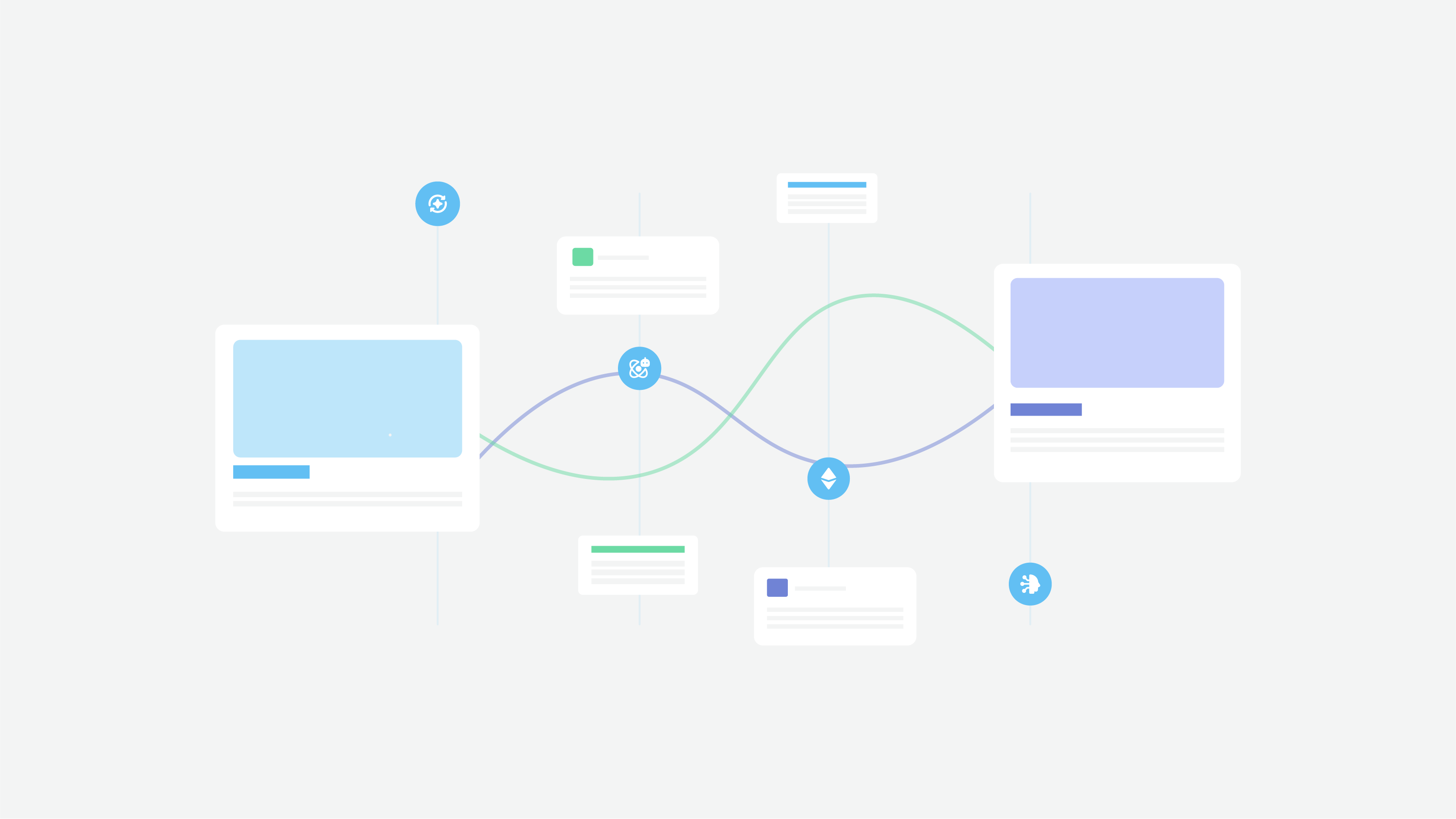According to CB Insights, 42% of 100 startups that failed didn’t reach their goal due to a lack of product-market fit. It means that the startup was released to the public without proper research on the market.
So you need to identify the feasibility of your idea first. And the development of a functional product is the second step. Thus, single out the riskiest assumptions of your idea and test them. Do you know what we’re talking about? We mean the riskiest assumption test (RAT) approach that should be started before you build an MVP. Read a detailed article to learn how to turn an idea into an app that works.
What Is RAT Acronym?
The RAT (Riskiest Assumption Test) is an approach that is used for testing ideas and hypotheses. The main goal is to gather the feedback of users as quickly as possible and check the idea’s feasibility before the product is launched.
Well, you can test the riskiest assumptions related to your future RAT product. As is the case with startups, the RAT approach is especially valuable since it is always a big challenge to release a new product.
When you are testing the riskiest assumptions, you avoid unnecessary financial costs and the time required for building a minimum viable product. You reduce possible risks, and RAT allows you to test the most controversial assumptions.
Why Do You Need To Start With The Riskiest Assumption Test Process?
How do entrepreneurs launch a new software product? They start with an MVP (minimum viable product). However, we recommend making the RAT approach as your very first step. Unlike an MVP, the riskiest assumption tests don’t require so much effort. You don’t need to create more than it is necessary for the testing of the most controversial assumption. No need to write programming code or build UI/UX design.
Do a small test. Once you identify the most substantial assumption related to your product, move on — test the significant hypothesis of your product. With every new result, your so-called route becomes more precise and predictable. Step by step, you develop confidence in the viability of your idea. Thus, lean startup assumptions may be tested without high costs.
The RAT methodology allows you to learn fast and get the most valuable empirical experience. Testing the riskiest assumptions helps you cut off unnecessary components. If the hypothesis is proved — you keep on checking the next one. If it fails — you saved resources that could be used for the development of a useless product. Therefore, to use the RAT, you need to find the riskiest hypothesis and test it using the cheapest way.
MVP And RAT: What Is The Difference?
Let’s immerse deeply into this question. An MVP and the RAT come along, but they have some differences. We think you have already got it that the RAT is what you need to start with, and an MVP is a full-fledged product with the set of minimum required features.
It is worth noting that the RAT prevents you from the pain you can feel if your product fails. A minimum viable product is also a way to test your product and collect feedback — but much more expensive and time-consuming.
The matter is that the “minimum” word doesn’t always line up with reality. Product owners don’t want their product to fail, so they add more features than it is necessary for the first time, and when their software fails, nonetheless, it means that thousands of dollars were wasted.
Everything is more straightforward with the riskiest assumption tests. It is not one of the MVP alternatives — you test hypotheses related to your product and see how viable they are. You don’t need to invest funds in front-end and back-end development, as well as in the creation of UI and UX.
Based on this, the RAT plays the role of the candle that guides you through the darkness of uncertainty. It is focused on learning. But testing of the riskiest assumptions is always different — each product development has its particularities, so identification of assumptions is your primary task.
So Why Must RAT Be Your First Step?
If you remember, the MVP model includes three necessary steps — build, measure, and learn. As for the riskiest assumption test (RAT), you learn and measure first, and only then do you make it if the assumption is proved. Moreover, you can build an app with the top features, not the easiest ones.
Without proper testing risks assumptions, there are higher chances that you will fail. Of course, an MVP lets potential users feel the product and use it, but without the right features, your startup is doomed. So the RAT is number one, and the MVP is number two.
Once more — an MVP is not a bad option, and it is not worse than the RAT. It is just a second step after the RAT. Please keep it in mind to avoid misunderstanding and confusion.
RAT Development Steps
Well, what are the steps to test all assumptions wisely? We need to list them for you to have a full understanding of the RAT building process. It will help you build the so-called riskiest assumption canvas.
Build An Idea
The idea is the beginning of any software development. You need to come up with a view of your future project. Its goal, features, particularities, and what your expectations from this idea are.
Specify All Large Assumptions
How to do it? You need to determine what things you need to make your app successful. When you list these items, they will turn into assumptions that must be tested. Besides, it will help you spell everything out and build the best-fitting approach to software development.
Single Out Assumptions That Bear Risks
Among all significant assumptions, you need to single out the riskiest ones. If you don’t know how to identify which of them are riskier, pay attention to the most critical and valuable components of your software. That is, what assumptions directly impact the potential success of your software? So take and add them to your list.
Define The Testing Method
You may analyze and choose the most appropriate method for testing your assumptions. The way will also depend on your requirements and peculiarities. You can conduct a survey, analyze the market, evaluate your competitors, etc.
Start The RAT
How to test assumptions? As we mentioned above, it can be both surveys and some other polls, interviews, detailed analysis, or even simple landing pages (one landing page development with minimum features won’t be expensive). Once the testing is over, you will know how viable your idea is and whether it is worth creating an MVP or not.
Riskiest Assumption Test Examples
Real riskiest assumption examples and cases are always better than ephemeral descriptions. We want you to get acquainted with a few instances of how well-known companies started their business and performed idea validation.
1. Airbnb
We mentioned this company in the article about MVP and its importance. It also started its way with an MVP. But the testing of the riskiest assumptions was done. Brian Chesky and Joe Gebbia didn’t have enough money to pay for apartment rent where they lived. However, they had one empty room.
They decided to rent a few inflated beds ($80 per night each), and a simple website was built for this purpose. Apart from the bed, they offered breakfast and communication. You know what it led to — a popular online platform for arranging or offering lodging. So they had a hypothesis — people are ready to pay for a bed, not for a whole apartment or room. They tested the idea, and it proved the viability.
2. Zappos
The second riskiest assumption example is worth considering with Zappos. It is an online shoe and clothing shop. Long ago, when eCommerce wasn’t a trend, Nick Swinmurn (a founder of Zappos) couldn’t find a pair of shoes that fit him well, and he came up with the idea of online store development. He went to nearby stores and took a picture of a few pairs of sneakers, then placed an ad on the Internet about the sale of sneakers.
When he got the first order, he went back to the shop and bought those sneakers, then sent them to the buyer. That’s how Zappos was born. Swinmurn tested the riskiest assumptions successfully. He invested a minimum of money and got a perfect result that the idea is valid.
3. Buffer
Buffer is a service for managing accounts in social networks. In 2010, Joel Gascoigne, a future CEO and co-founder of Buffer, tried to find an application that would allow him to schedule Twitter posts. But he failed to find a convenient and easy-to-use service, so he decided to build his own project. By the way, Gascoigne was a software developer.
But he didn’t want to waste his time on the development of an unpopular product. So he created a simple landing page first to test the idea and find out whether somebody else considers this service to be useful. Users needed to provide their emails if they wanted to get early access to Buffer. And when the number of sign-ups exceeded 120 users, Gascoigne implemented the project for web and mobile platforms.
Conclusion
No need to beat around the bush — the RAT approach is essential, and you need to apply it before you launch your startup. Besides, examples of famous companies prove that the game is worth the candle. And when your idea is tested successfully, you can build an MVP.
If you need high-quality and comprehensive research to test your idea, our specialists at Cadabra Studio are always at your disposal. Moreover, after idea validation, we can build a minimum viable product and provide users with a newly created product. Drop us a line, we are on the line!
Frequently Asked Questions
MVP and RAT have some differences. RAT is the test you need to start with, while MVP is a complete product with a set of minimum required features. It is worth noting that the RAT saves you from the problems that may arise if your product fails.
The main purpose of the riskiest guess test is to “test” your wildest guesses about your product, customer, and business model. Moreover, this must be done before you start building your product.
The riskiest assumption test is not critical, but it definitely should be included in your software development process if you want to be truly successful.











